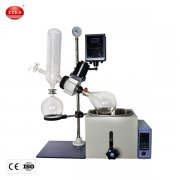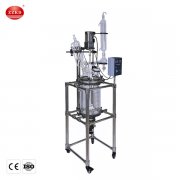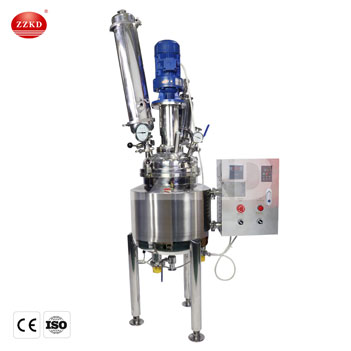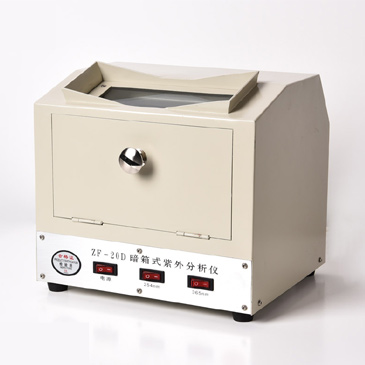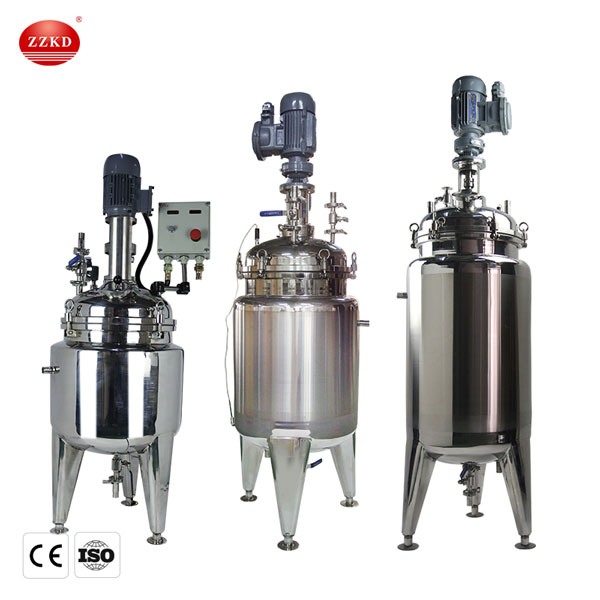In the realm of chemical engineering, the Continuous Stirred Tank Reactor (CSTR) stands as a cornerstone, driving countless industrial processes across various sectors. From pharmaceuticals to petrochemicals and everything in between, the CSTR plays a pivotal role in facilitating chemical reactions with its distinct characteristics and advantages. This article delves into the workings, applications, and significance of the
stainless steel jacketed reactor, shedding light on its importance in modern-day chemical engineering.
Introduction
The Continuous Stirred Tank Reactor, often abbreviated as CSTR, is a type of chemical reactor widely used in continuous flow processes. As its name suggests, the reactor continuously stirs its contents to ensure uniform mixing, making it particularly suitable for homogeneous reactions. Its versatility, cost-effectiveness, and simplicity in design have made it a popular choice for a broad range of applications in the chemical industry.
Working Principle
At its core, the Continuous Stirred Tank Reactor operates on a straightforward principle. It consists of a well-mixed tank with a stirring mechanism that continuously circulates the reactants within the reactor. The reactants are fed into the reactor at a controlled rate, while the products are simultaneously removed to maintain a steady-state. This continuous flow ensures consistent reactant concentrations and facilitates uniform reaction conditions, essential for achieving desired chemical transformations.
Design and Configuration
The design of a Continuous Stirred Tank Reactor is relatively simple, comprising a cylindrical vessel with an impeller or stirring system. The impeller is driven by a motor and positioned to keep the contents thoroughly mixed. To prevent temperature fluctuations during exothermic or endothermic reactions, the reactor may include a jacket for temperature control. Additionally, the CSTR may have multiple inlets and outlets to optimize reactant flow and product removal.
Advantages of Continuous Stirred Tank Reactor
Uniform Mixing: The most notable advantage of the CSTR is its ability to maintain uniform mixing of reactants. The constant agitation prevents concentration gradients, ensuring a homogeneous reaction mixture throughout the reactor.
Steady-State Operation:
Continuous feeding and product removal enable the CSTR to operate in a steady-state. This characteristic is advantageous for processes that require a constant reaction environment.
Simple Design and Control:
The straightforward design of the CSTR makes it easy to construct, operate, and control. This simplicity translates to cost-effectiveness and minimal maintenance.
Easy Scale-Up:
Scaling up a Continuous Stirred Tank Reactor is relatively straightforward. It allows for smooth transitions from laboratory-scale experiments to large-scale industrial production.
Suitable for Multiple Reactions:
The CSTR is versatile and can be adapted for a wide range of chemical reactions, including complex multi-step reactions.
Good Heat Transfer:
With proper design and temperature control, the CSTR can efficiently manage exothermic or endothermic reactions.
High Conversion Efficiency:
Due to the continuous flow and constant mixing, the CSTR can achieve high conversion efficiencies in many reactions.
Applications of Continuous Stirred Tank Reactor
The Continuous Stirred Tank Reactor finds applications in various industries, owing to its favorable characteristics and versatility:
1. Chemical Manufacturing: In the chemical industry, the CSTR is extensively used for producing a wide array of chemical compounds, such as pharmaceuticals, polymers, and specialty chemicals.
2. Petrochemicals: Petrochemical processes, including the production of fuels, solvents, and other derivatives, often employ CSTRs for their efficiency and cost-effectiveness.
3. Water Treatment: Continuous Stirred Tank Reactors are employed in water treatment plants for various processes, such as the removal of pollutants through chemical reactions.
4. Biotechnology: The CSTR is a crucial component in bioreactors used for fermentation processes to produce biofuels, enzymes, and other biotechnological products.
5. Food and Beverage Industry: From brewing beer to fermenting yogurt, the CSTR is involved in numerous processes within the food and beverage sector.
6. Environmental Applications: CSTRs are utilized in environmental engineering for treating wastewater and managing pollution through chemical treatments.
7. Research and Development: In laboratories, the CSTR serves as a vital tool for exploring new chemical reactions and optimizing existing ones on a small scale before potential industrial implementation.
Limitations and Challenges
While the Continuous Stirred Tank Reactor offers numerous advantages, it is not without its limitations and challenges:
Residence Time Distribution: The CSTR exhibits a broad residence time distribution, which can impact product selectivity and may require further processing or separation steps.
Inadequate Mixing: In certain instances, the continuous mixing in the CSTR might not be sufficient for achieving uniform reactant distribution, leading to incomplete reactions.
Safety Concerns: Some reactions may be highly exothermic or hazardous, and the steady-state operation of the CSTR can pose safety challenges during abnormal conditions.
High Reactant Concentrations: Maintaining high concentrations of reactants can sometimes lead to undesirable side reactions or increased costs for handling and storage of raw materials.
Scaling-Up Challenges: While the CSTR is generally well-suited for scaling-up, certain reactions may encounter challenges when transitioning from lab-scale to industrial production.
Improving CSTR Performance
Researchers and engineers have sought to address the limitations of the Continuous Stirred Tank Reactor and improve its performance. Several strategies have been proposed:
Advanced Mixing Techniques: To enhance mixing and reduce residence time distribution, advanced impeller designs and alternative mixing techniques, such as static mixers, have been investigated.
Use of Catalysts: Employing catalysts can enhance reaction rates, allowing for better conversion and potentially lower reactant concentrations.
Temperature Control and Safety Measures: Implementing more robust temperature control mechanisms and safety features can mitigate the risks associated with hazardous reactions.
Reactant Feed Optimization: Careful consideration of the reactant feeding strategy can improve reaction efficiency and reduce unwanted side reactions.

 Products
Products





